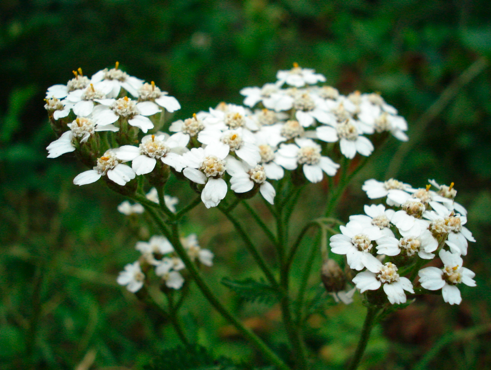
Wildfire Preparedness Week is May 3-9, 2015. Follow our daily updates for an easy, step by step guide to protecting your home!
This week, Fire Safe Marin will provide a simple, 7 day guide to improving your home and family’s wildfire preparedness with simple, easy, inexpensive tips.
Day 4: Choose the Right Plants
Plant selection in your garden and the space surrounding your home can play an important role in protecting your property, and your neighborhood, during a wildfire. Fire Safe Marin pioneered the concept of a “fire safe” plant list in the early 1990s, partnering with the University of California to develop a list of fire resistant landscaping plants specific to Marin county, and northern California’s mediterrannean climate. Remember that all of California’s native plants are adapted to fire – some are resistant to fire and when well maintained require little water and slow the spread of fire. However, many California natives are among the most flammable plants on earth. Don’t assume that because it’s a “native” it will help protect your home from fire!
What are fire resistant plants?
Fire-resistant plants are those that do not readily ignite from a flame or other ignition sources. These plants can be damaged or even killed by fire; however, their foliage and stems do not significantly contribute to the fuel and, therefore, the fire’s intensity. There are several other significant factors that influence the fire characteristics of plants, including plant moisture content, age, total volume, dead material, and chemical content.
Plants that are fire-resistant have the following characteristics:
- Leaves are moist and supple.
- Plants have little dead wood and tend not to accumulate dry, dead material within the plant.
- Sap is water-like and does not have a strong odor.
- Sap or resin materials are low. Most deciduous trees and shrubs are fire-resistant.
In contrast, plants that are highly flammable generally have several of these characteristics:
- Contain fine, dry, or dead material within the plant, such as twigs, needles, and leaves.
- Leaves, twigs, and stems contain volatile waxes, terpenes, or oils.
- Leaves are aromatic (strong odor when crushed).
- Sap is gummy, resinous, and has a strong odor.
- May have loose or papery bark.
Both native and ornamental plants can be highly flammable. An example of a highly flammable shrub often planted in home landscapes is spreading or upright juniper. Avoid landscaping with highly flammable plants directly around your home. Download this ![]() California Native Plant Society booklet for a detailed look at California native plants and fire – and be sure to check that the plant you select for your garden are allowed in your town. Many Marin communities have “banned” certain fire prone species like juniper and pampas grass.
California Native Plant Society booklet for a detailed look at California native plants and fire – and be sure to check that the plant you select for your garden are allowed in your town. Many Marin communities have “banned” certain fire prone species like juniper and pampas grass.
Fire-resistant does not mean fireproof!
Even fire-resistant plants will burn if not well maintained. Be sure to keep all of your landscape plants healthy with appropriate watering, proper pruning, etc.
View Marin’s FIRESAFE Plant List
View a list of “pyrophytic” (fire prone) plants that you should avoid in Marin.
Wildfire Preparedness Week 2015
Wildfire Preparedness Week, Day 3: Expand Your Defensible Space
Wildfire Preparedness Week, Day 2: Cut Your Grass!
Wildfire Preparedness Week, Day 1: Clean Your Roof and Gutters!







